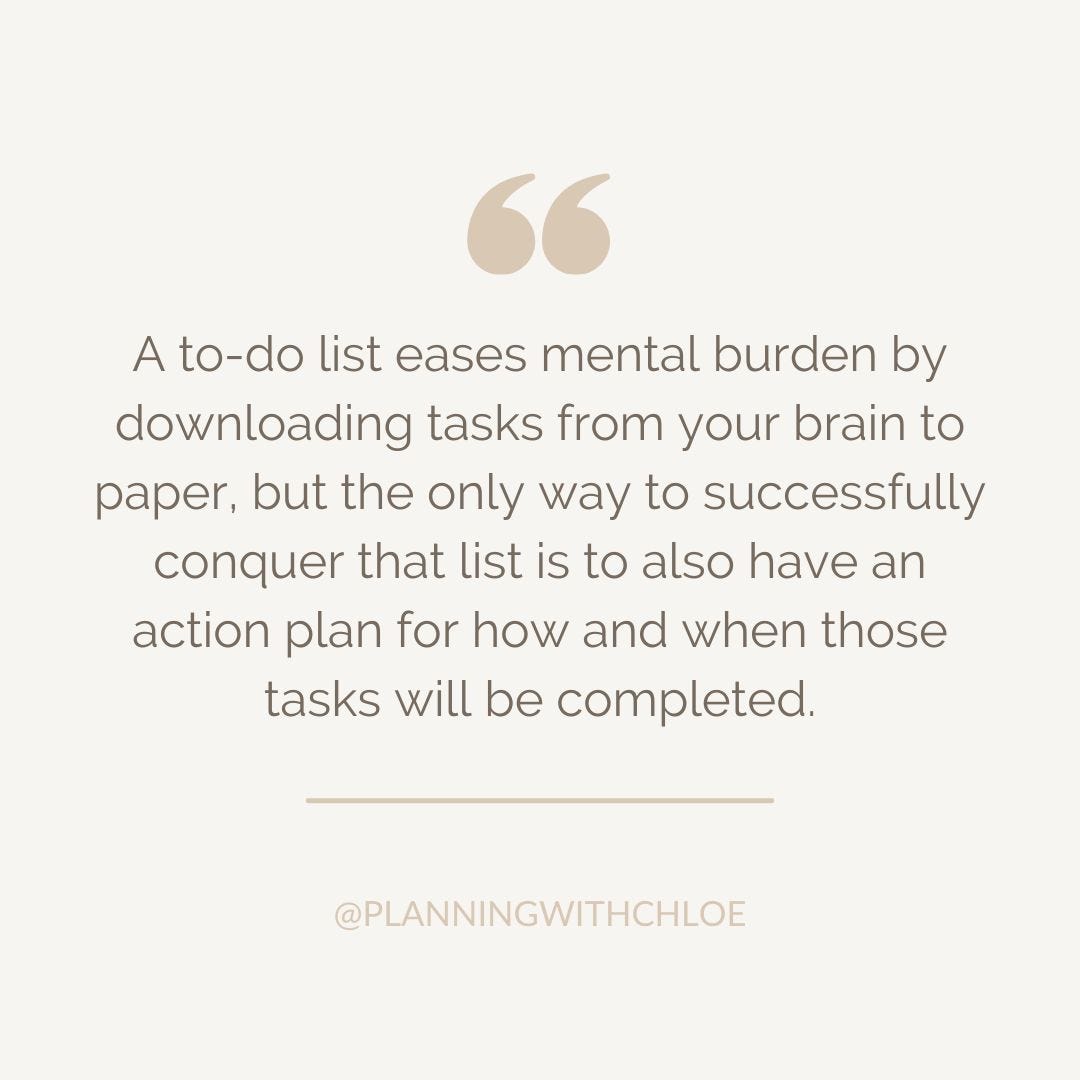Find the GTD Method too Complex? Try this Simplified Approach Instead.
As a solopreneur juggling family life with building a business, I found it challenging to apply the GTD method, despite loving many aspects of it. So I decided to create my own simplified version.
Why I Hate the GTD Method
If you‘ve not heard of GTD it stands for "Getting Things Done" and it's a productivity system created by David Allen*. While there are many fans of this method, I have to admit that I am not one of them, even though I think it is a genius concept.
Here's why I’m not a raving fan:
It's Time-Consuming
One of the main principles of the GTD method is to capture every task, idea, and project, basically anything that hasn’t been completed - otherwise known as ‘open-loops’. In the book, Allen recommends having two full, uninterrupted days to essentially 'capture' everything onto paper. This requires a ream of blank sheets to capture each individual 'open-loop', allowing you temporarily close the tabs that are mentally open in your brain which, according to Allen, cause background anxiety.
“You’ve probably made many more agreements with yourself than you realize, and every single one of them—big or little—is being tracked by a less-than-conscious part of you. These are the “incompletes,” or “open loops,” which I define as anything pulling at your attention that doesn’t belong where it is, the way it is.”
- David Allen, Getting Things Done: The Art of Stress-Free Productivity *
While this may sound great in theory, it can quickly become overwhelming and time-consuming. As someone who is juggling young family life with building a business, I simply don't have the luxury of blocking out an entire, undisturbed weekend to capture every open loop on individual pieces of paper, even though I'm clearly someone who would benefit from reducing my mental burden.

It's Not User-Friendly
Another issue I have with the GTD method is its challenging implementation. The system involves a sequence of specific steps, and the second step, 'clarify’, has a complex workflow for sorting items based on whether they are actionable and what the next action would be. Setting it up requires a significant amount of upfront work. For someone who is already struggling to find enough time in the day, adding another complicated system to my life just doesn't seem feasible.
Accounting for the Realities of Motherhood
While the GTD method works for many people, it simply doesn't fit into my lifestyle. As a busy mum who is also building a business, I need a productivity system that’s quick to implement and easy to use, as well as being flexible enough to adapt to the unexpected - like when you see it’s the school calling and you immediately know the productive day you had planned is out the window.
With that in mind I’ve created a simplified version of the GTD system. I call it The LTP Method. Below I’ve outlined the first iteration which is very much work in progress. I’m sharing this content "as-is" for you to check out with the hopes that you’ll find useful.
The LTP Method v0.1
LTP stands for Log, Tag, Plan and it’s my method for quickly :
Logging the open tabs taking up space in my mind by downloading them into my paper planner.
Tagging them in terms of their importance, urgency and required energy.
Planning when, where or how the open tabs will be ‘closed’.
I embraced the key concepts from the GTD method that resonated the most with me, specifically, easing the mental burden of open loops by downloading them along with planning how to close them. However, my main aim was to create a method that was stupidly simple to use.
Let's KISS: Keep It Simple Stupid
As anyone who is the main caregiver for young children can attest, brain fog and burnout from constant task switching is a real challenge, so a system that's quick to pickup is a must!
That’s why The LTP Method is based on the humble to do list, but it’s more actionable and keeps you accountable by including columns for tagging, prioritizing, planning action and more as follows:
The LTP Planner Printable
The printable contains just two elements so you can swiftly get up and running with The LTP Method. The main component is the LTP Inbox where you can log your open loops, tag them and start planning for their completion. There’s also a brief how-to page with a key for reference.
You can buy the printable bundle from Keshinomi but if you’re a paid member of Planning with Chloe it’s included free with your subscription as part of the March 2023 Member Bonus. Just visit the ‘Member Bonus’ page or use the button below.
* Affiliate link — Please note: As an Amazon Associate I earn from any qualifying purchases you may make after clicking these links.







